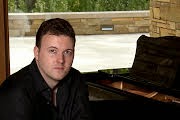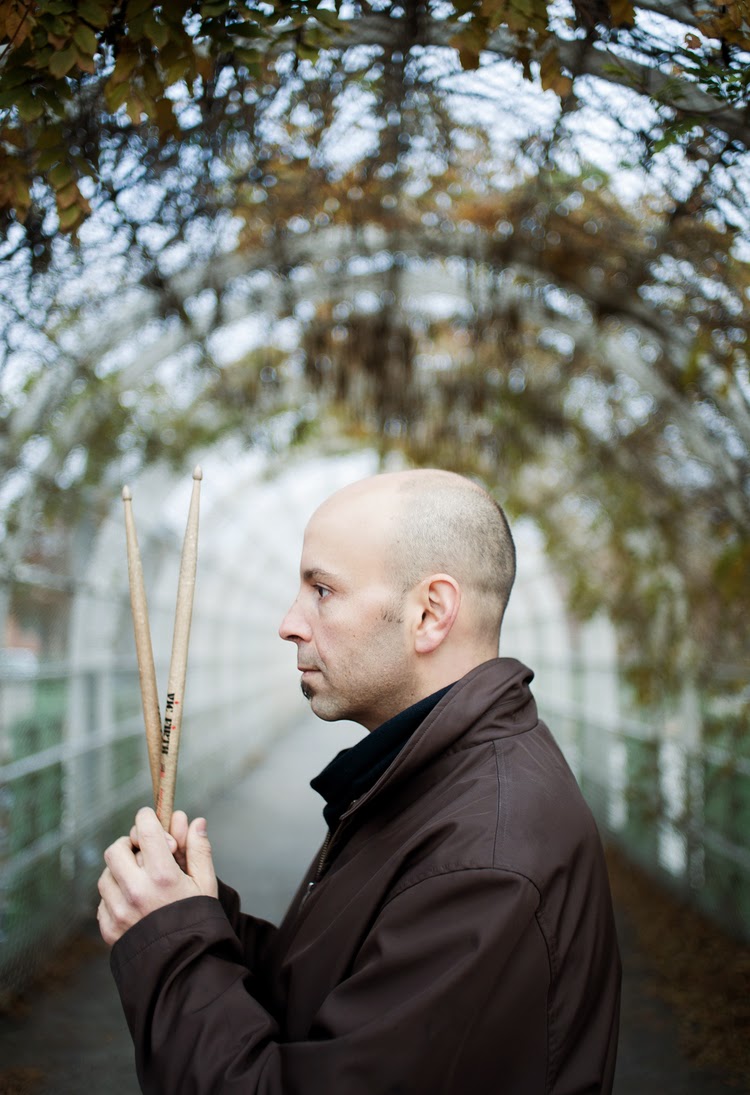Early Music Festival opens its season with dance music from the vast art/folk boundary land

Ezra Pound once declared, in the authoritative manner in which he specialized, that music became alienated from its true self whenever it departed far from the dance. The core of Musica Pacifica is Robert Mealy and Judith Linsenberg (second and third from left) Certainly the closeness seemed essential before the classical-music world solidified as something apart from popular culture, which had a strong link to social dancing. Musica Pacifica opened the Indianapolis Early Music Festival F riday night at Indiana Landmarks Center with a virtuoso display of such music titled "Dancing in the Isles." The isles in question are British, and the emphasis was on the 17th century. With recorder player Judith Linsenberg and violinist Robert Mealy at the ensemble's center, the seven-piece group opened with music of Henry Purcell, the one true immortal from that time and place. His Suite from "Abdelazer," written in the last year of his short life (1695), showed














